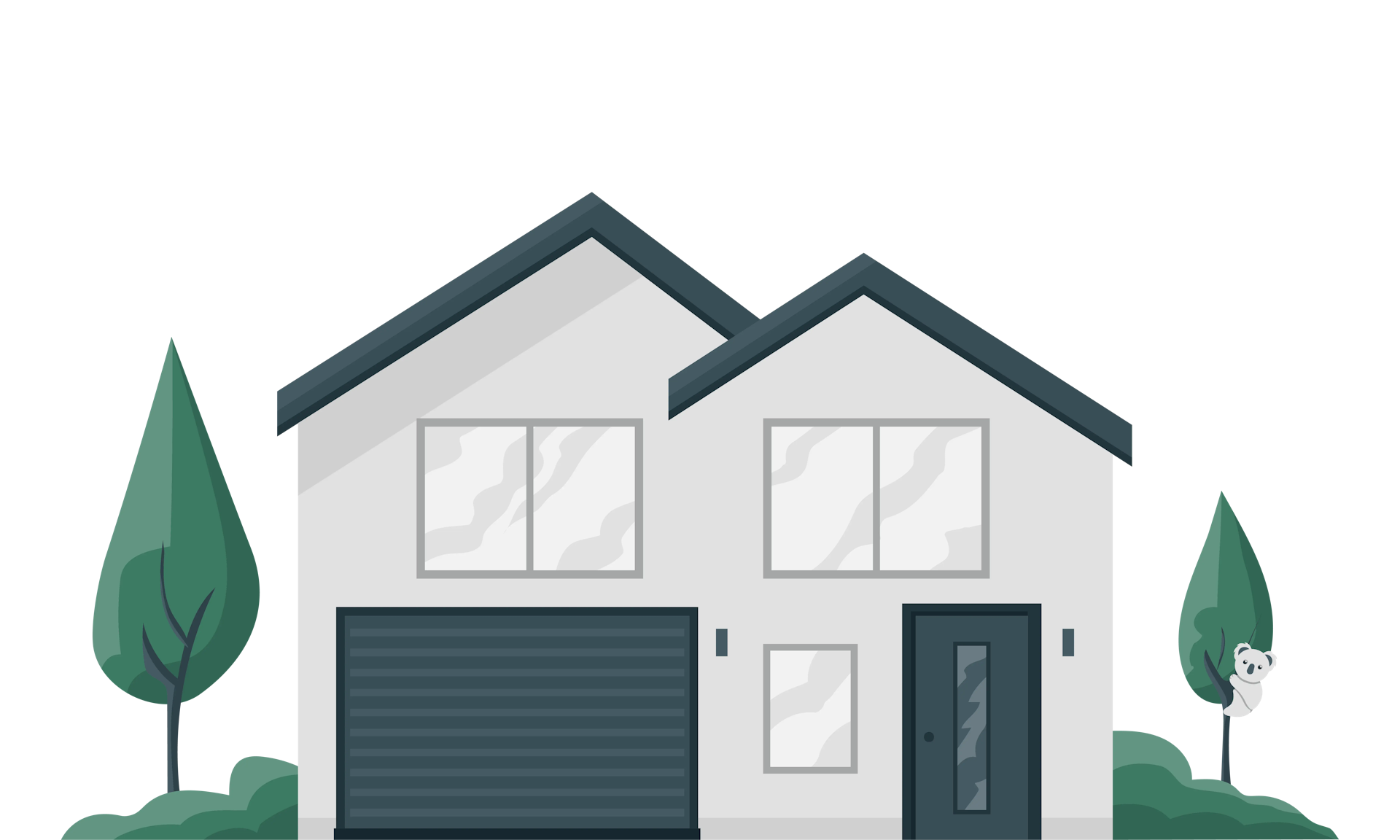Refinance your home loan for free
Check your potential savings in less than 60 seconds.

Compare rates from 30+ lenders

We work for you, not the lender

Easy online application

It’s free. No service fee
Why would you refinance your home loan?
Refinancing your home loan means replacing your current home loan with a new one to benefit from better terms. This includes, lower interest rates, a shorter loan term or to switch between a fixed and variable-rate home loan.
You can either replace your home loan with a new one from an entirely different lender, or refinance with the same lender on more favourable terms. Koalify makes refinancing as easy as possible. Best of all, you can save thousands of dollars, all without a single fee.
We find the right home loan for you
Our team of home loan experts have relationships with 30+ lenders, offering a diverse range of over 2,000 options. We take care of the heavy lifting to find the perfect match tailored to your requirements. We simplify the process by removing all the complex bank terminology, presenting information in straightforward easy to understand terms.
Home Loan Refinancing Process
Refinancing starts with assessing your current mortgage. Take a close look at the current interest rate, the length of your loan, any fees or charges for paying off the loan early, etc. to understand whether refinancing benefits you and what terms you’d like to improve. Figure out what you want to achieve with refinancing. Some of the most common reasons are: Lower interest rate. Shorter loan term. Better loan features/benefits, etc.
Start shopping around for refinancing options. Compare the available lenders in Australia and their refinancing offers. Consider negotiating with the lenders to ensure you get the best possible loan terms. Once you find a lender that can provide a refinancing offer in your favour, apply to them. As part of the application, you'll require documentation such as proof of income, credit history, details of your current mortgage, etc. Make sure to be prepared by keeping any necessary documents available to speed up the process.
Your lender will then review and verify your application to decide your eligibility. If everything checks out, you’ll be approved to refinance your home loan. In the closing stage, you’ll sign the final paperwork and pay any closing costs associated with the refinance. Your new loan will officially replace the old one, and the terms of your new loan will begin.
Things To Consider Before Refinancing
Refinancing is a major financial move. It could cost you big if you don’t keep a few essential things in check right from the start. To make sure you can save by refinancing your home loan, here are some key factors homeowners should consider before moving forward with the refinance. It all starts with this simple question. Ask yourself why you want to refinance. Do you want: A lower interest rate to reduce your monthly payments? A shorter loan term to pay off your mortgage early? To switch from a variable-rate home loan to a fixed one? Figuring out your “why” will help you evaluate if refinancing is the best solution for meeting your financial goals.
It’s worth taking into account the different costs that are involved in the refinancing process. There may be fees required by your current lender as well as charges needed to establish your new home loan. These are some of the costs that are usually involved in refinancing: Discharge fees (paid to your current lender to cover any legal or admin fees when closing off your loan). Early exit fees (paid to your current lender for paying off the loan earlier than the determined tenure). Application fees for your new home loan. Property valuation fees. Settlement fee. Mortgage registration fee. Again, you may or may not be required to pay these fees during your refinancing journey, as it depends on your lender and loan terms.
Break-Even Period This is the time it takes for the savings from your new loan to offset the costs of refinancing. For instance, if your refinancing costs are $5,000 and you save $200 a month, it will take you 25 months to break even. Before agreeing to refinance your home loan, calculate your break-even period to make sure refinancing is worth it based on your long-term plans. Credit Score & Financial Situation Your credit score holds great significance in the home loan market. It directly influences your eligibility, limits, interest rates, and more. Before you decide to refinance, verify that you’re in good standing. If your credit has improved since your original loan, you may be eligible for better terms for the refinance. However, if your score has dropped, you may not get favourable benefits. Your lender will also evaluate your debt-to-income ratio and overall financial health, so make sure your finances are in good shape before applying to qualify for the best terms possible. Prepayment Penalties Check your current loan agreement for any prepayment penalties or early exit fees. This is the amount you are required to pay your lender for paying off a loan early. Although only some lenders charge it, check with yours since these fees can easily eat into the savings you’d gain from refinancing. Avoiding LMI If your loan-to-value (LVR) is above 80%, refinancing will still require you to pay Lenders Mortgage Insurance (LMI). Remember that LMI can be costly and only protects the lender. Try to keep your LVR under 80% if at all possible to avoid paying it.
Ready To Refinance Your Home Loan?
Refinancing your home loan has never been easier. Get fast, personalised refinancing offers that fit your unique needs
With Koalify’s commitment to transparency, you can rest assured that there are zero fees. Make your refinancing process simple, straightforward, and stress-free. Get started with Koalify’s expert assistance today!



